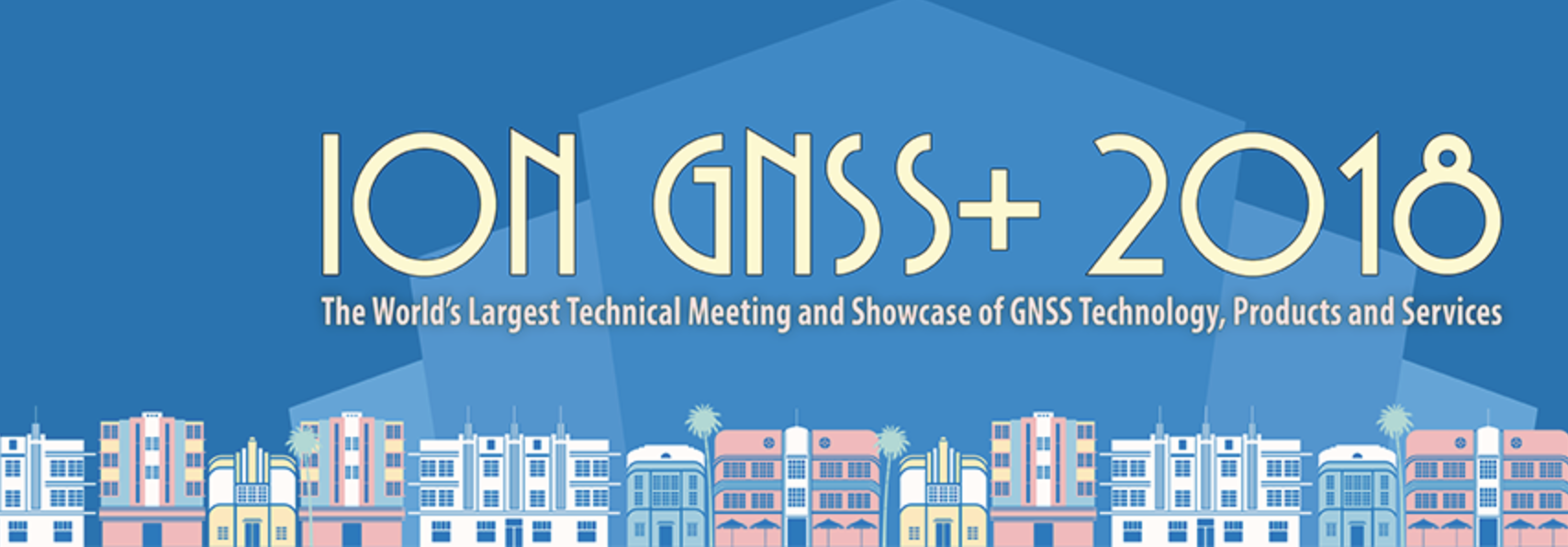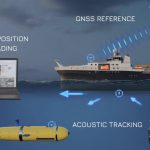ION GNSS+ Program Co-Chair Jason Rife studied under one of best GNSS minds and it was his work with the late Per K. Enge that helped grow his love and understanding for position, navigation and timing (PNT). Now, at this year’s conference in Miami, his role includes helping share wisdom and knowledge for others looking to grow in this evolving industry.
Rife is currently an associate professor at the Automated Systems and Robotics Lab at the Department of Engineering at Tufts University in Medford, Mass. But prior to coming to Tufts, he picked up a Ph.D., in Mechanical Engineering (2004) and an M.S., in Mechanical Engineering (1999) at Stanford University, where Enge was a professor before his death last April.
“I had the pleasure and good luck to work my post-doc with Per. Certainly he’s a person that will be greatly missed at all ION events, and I miss him deeply,” Rife said of Enge, the Vance D. and Arlene C. Coffman Professor in Stanford’s School of Engineering and one of the world’s foremost experts in global positioning system (GPS) technologies.“He brought me into GPS.He gave me the chance to get to work on GBAS (ground-based augmentation systems), so I got a really good introduction into GPS and particularly integrity topics.”
As program co-chair along with NovAtel’s Sandra Kennedy, Rife was able to help shape this year’s program and he credits the work of past ION program organizers for paving the way for helping keep ION GNSS+ such a prominent global event.
“It’s a fantastic group but it’s representative,” he said of the long list of organizers, including this year’s General Chair Frank Van Diggelen, a principal engineer at Google, who co-authored the cover story for the March/April 2018 issue of Inside GNSSon GNSS analysis tools. “It’s just an awesome community with a lot of people doing really good work. And it’s small enough that you can hobnob with GNSS royalty pretty easily. It’s just the right size. All of the things we are doing are just a continuation of many years of good leadership and good support.”
Rife, who has previously served as session chair at several other GNSS conferences including past ION International Technical Meeting (ITM) and PLANS events, said this year’s research tracks address many of the long-standing GNSS topics, but also has a strong focus on newer non-GNSS areas such as GNSS-denied technologies and multi-sensor solutions.
“Since the time I was at Stanford I’ve been serving as session chairs at various sessions of GNSS conferences and eventually I served as track chair a few times and had a chance to be program chair and then general chair for ITM a couple years ago,” he said. “Then this opportunity came up to be a program chair along with Sandy Kennedy for GNSS+…that’s the big one, and I couldn’t turn it down.”
Like Rife, Kennedy can’t wait for this year’s conference.
“For the ION GNSS+ program this year, I see two clear trends. The first is precision for the masses, and all the effort going to figuring how to offer very precise, accurate positioning with low cost, mass produced hardware,” Kennedy said. “You’ll see this in the GNSS chipset manufacturer’s showcase, and the sessions on using measurements from smart phones. We shall see if accuracy is addictive for users other than the traditional surveyor types.”
She also expects integrity and safety to be hot topics at the conference.
“How do we assure the positioning information provided is always legitimate and correct? Precision is great, but for real, working applications certainty and trust in the position is a requirement,” Kennedy adds. “Autonomous vehicles are driving (pun intended) both these trends, which are sometimes orthogonal to each other.”
This year’s technical track chairs include Mohammed Khider of Google —the other co-author of the Inside GNSScover story on GNSS analysis tools — José Ángel Ávila Rodríguez of the European Space Agency, and Manuel Toldeo Lopez of GMV. The research track chairs are Sanjeev Gunawardena of the Air Force Institute of Technology, Jihye Park of Oregon State University, and Seebany Datta-Barua of the Illinois Institute of Technology.
For the three research tracks, Rife is going with the model that Mike Veth (Veth Research Associates) introduced at last year’s ION GNSS+ conference. Veth, who served as a program co-chair at the 2017 conference in Portland, set up the tracks to take a look at the future of navigation and to include an additional emphasis on topics not geared solely toward traditional satellite navigation research.
“We’re a navigation community,” Rife explained. “The core of what we do is satellite navigation but there’s a lot more going on. Especially in this modern era.”
With this year’s program you’ll find plenty of papers dealing with multi-sensors, GNSS-denied navigation and tracks with themes based on complimenting GNSS and going beyond GNSS for improved performance and robustness. “That’s really looking toward the future,” he said.
“There’s a lot that we’ve accomplished with satellite navigation but we recognize limitations.”
Automation and robotics are also big players in the PNT world and this year’s conference will include plenty of discussion on those topics.
“I’m a GNSS guy and I love satellite navigation, but I’m fascinated about how it can be used for automation,” Rife said. “One of the things we need to do at ION is look toward our key users in the future. Who’s going to be a navigation user? It seems like autonomy is going to be one of these key navigation users in the future.
“This new emerging area of how the navigation signals get used. … not just positioning, but you might need to think about how you get from one place to another … wrapped tightly with emerging autonomy, UAS, self-driving cars, underwater vehicles, surface and marine vehicles. The way that we control robotics, autonomy, integrate with navigation, is what we’re trying to explore in some of the track; integrity, augmentation systems, landing aircraft.”
Rife is convinced the program has plenty to offer for everyone. For more details on the program, click here.






